The Netherlands may be small, but it has a lot to offer. From the windmills of Kinderdijk, to the hills of Vaals, the country that gifted the world Duncan Laurence has plenty of treasures that remain undiscovered and unknown — sometimes even to locals.
Well the postcards for Eurovision 2021 may well change that. The segments that introduce each Eurovision act will be based around a “tiny house” that will appear all over The Netherlands. The house will be located in different parts of the country and will be used to display footage of each participating artist, which has been filmed in their own country.
Local broadcasters AVROTROS, NOS and NPO called on communities and cities to apply if they wanted to show off their local sights in the postcards. Eurovision 2021 Head of Show Gerben Bakker explained the concept in more detail:
“The house is a central theme, precisely because our living rooms have never been more important than this year. And at the same time, we open up our home to the rest of the world. And for these tiny houses, we are looking for unique locations in the Netherlands; the most beautiful and special places in our country that we can portray spectacularly.”
The Netherlands has many well-known sights, but Eurovision host broadcaster AVROTROS is looking for hidden gems. With filming for the first Eurovision 2021 postcard having been completed earlier this month, we thought we’d offer up a list of 24 lesser-known locations that should be featured.
View this post on Instagram
Eurovision 2021 postcards: 24 lesser-known locations that should be featured
Ankeveen, North Holland
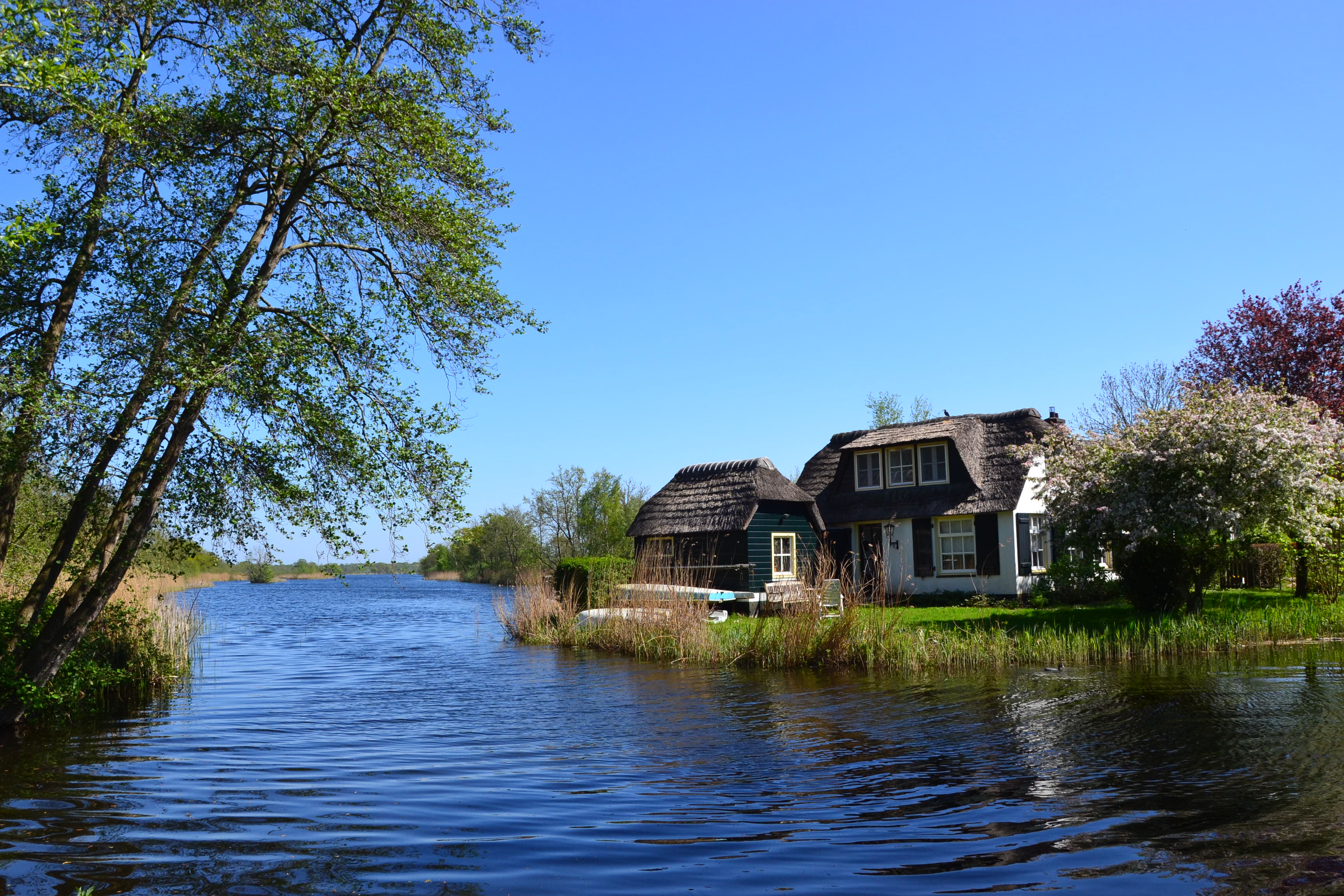
Ankeveen is a village near Hilversum, which is home to a large share of the country’s television studios. Like its neighbouring towns, Ankeveen is surrounded mostly by bogs and lakes. In the winter, the lakes around Ankeveen are loved by ice skaters, whereas in the summer they attract sailors. All aboard!
Zeddam, Gelderland

Holland is famous for its windmills. But the oldest windmill that’s still-functioning can only be found in Zeddam in Gelderland. It’s called the Grafelijke Korenmolen, and was built before 1440. The mill lays on a small hill in the forested Montferland area, which is home to picturesque villages such as Kilder and ‘s-Heerenberg. Zeddam is near the German border.
Reitdiep harbour, Groningen city, Groningen

Many would guess this is a picture of Copenhagen or even Willemstad, but in fact you’re taking a look at the Reitdiep harbour. This canal island is located on the outskirts of Groningen, the fifth largest city in the country. The city has many different canals, but many locals argue that the Reitdiep is the prettiest one.
Ootmarsum, Overijssel

If you want to know what the Twente region looked like before its heavy industrialisation in the twentieth century, you should go to Ootmarsum. The village north of Enschede is famous for its old town centre, enjoying city rights since 1330.
Batenburg, Gelderland

Batenburg is located on the banks of Maas river, which also flows directly to Rotterdam. A stronghold in the Middle Ages, Batenburg has not lost its iconic medieval image, including white-plastered farms in its town centre. Its medieval local currency was apparently so poorly made that any goldsmith could easily produce falsified coins.
Plompetoren, Burgh-Haamstede, Zeeland
The village of Burgh-Haamstede on the island of Schouwen-Duiveland has many towers, including a lighthouse. But the Plompetoren has a special place in the heart of locals as it has survived both wars and floods. After the disastrous flood of 1952, which affected the village very badly, the Plompetoren was seen by the locals as a sign of their strength and perseverance.
Giekerk, Friesland

Giekerk was once famed primarily as the village with the last bridge before marathon skaters crossed the finish line in the famous Elfstedentocht, a long-distance skating event that’s almost 200 kilometres long. Today, Giekerk celebrates that fact with a tiled bridge decorated with portraits of over 7,000 ice skaters who have completed the epic race.
Rouveen, Overijssel
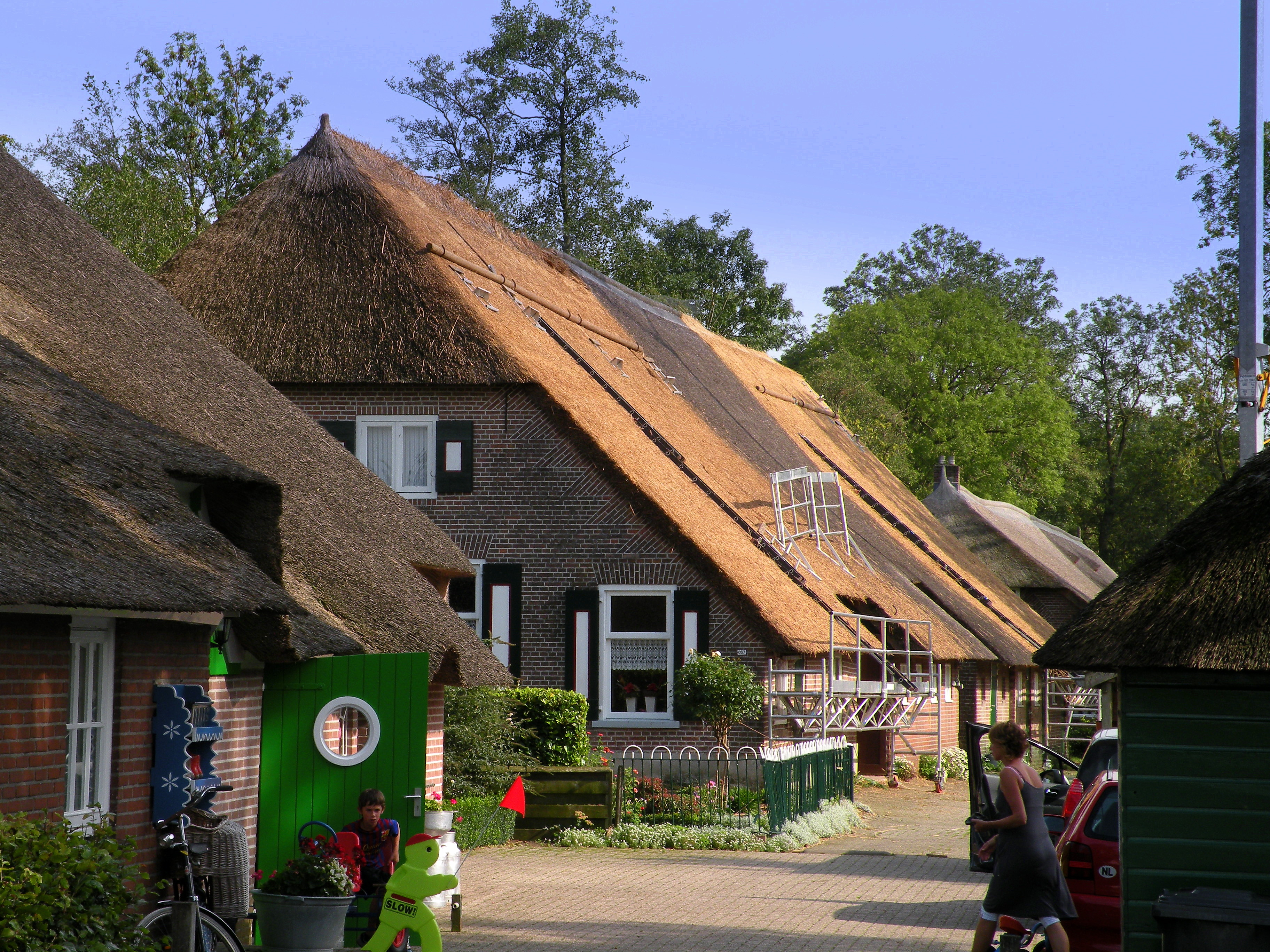
The area around Rouveen and its neighbouring Staphorst is famous for its own culture, language and traditions. The architecture of Rouveen makes it unique from any other village in the Netherlands. The window ledges and doors of the reed-roofed farms are painted in bright colours. In addition, under the local tradition, children build a new farm immediately adjacent to their parents’. This has resulted in a string of three or more farms one after another in some places around the village.
Nobelpoort, Zierikzee, Zeeland
The city of Zierkzee has three city gates, of which the Nobelpoort is perhaps the most famous. The gates were built when the town was very wealthy in the 14th century. Until 1866, the gates were closed every single night as the bridge was lifted. Nowadays, the Nobelpoort is open indefinitely and offers a pretty view of the old alleys of the city.
Thorn, Limburg

Close to the Belgian border, Thorn stands out because all of the buildings in its centre are white — an uncommon sight in The Netherlands, where brown brick dominates city centres in older towns. This is why this town in Limburg is nicknamed the “white city.”
Loonse en Drunense Duinen, North Brabant

Partially covered by conifer forests, the Loonse en Drunense Duinen is a nature reserve full of moving dunes. Located between Tilburg and ‘s-Hertogenbosch, the area was designated a national park by the Dutch government in 2002.
Vuurduin, Vlieland, Friesland

Vlieland’s classic red-and-white lighthouse is perhaps one of the most famous lighthouses of the Netherlands. Built in the late nineteenth century, the lighthouse helps ships and boats from the Frisian island find their way to shore. The adoptive father of the late Liesbeth List, one of the most-loved singers of the twentieth century, was a lighthouse keeper in the Vuurduin too.
Zonneberg, Limburg

South Limburg’s industry was once heavily reliant on chalk and limestone mines. The Zonneberg is one of those former mines, located in the Oehoevallei near Maastricht. Nowadays, the walls of the former mine are decorated with art and guided tours illuminate the history of the region.
D15, Loon, Drenthe
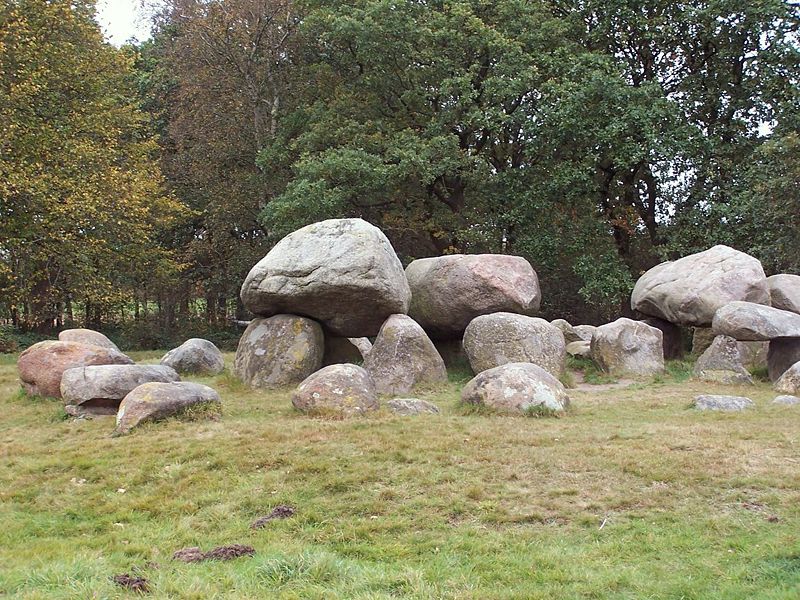
D15 is not a highway. It’s the index name for a dolmen, a man-made tomb of the prehistoric tribes that lived in Northern Netherlands. D15 is one of the largest and best-kept dolmens in Drenthe, consisting of 18 different rocks. Many commuters from Drenthe to Groningen see the dolmen every single day as it lays several hundred meters from the train tracks just past Assen.
Martini Tower, Groningen

Locals name it “d’Olle Grieze” (the “Grey Oldie”), but to most people, the building is better known as the Martini Tower. In Groningen, there is one remarkable city law. No new building is allowed to be taller than the Martini Tower. The building almost has a mythical status and that’s understandable. During the Siege of Groningen in 1945, the tower was one of the very few buildings to be left standing. You can watch our William and Suzanne climbing it in the video below!
‘s-Gravenzande area, South Holland

The area around ‘s-Gravenzande in the region Westland has been knicknamed “Glazen stad”, which translates to “Glass city”, due to its many glass houses in which flowers, fruit and vegetables are cultivated. At night, the area gives a spectacular sight as all the glass houses illuminate with artificial lights.
Koerheuvel, Rhenen, Utrecht
With its mere 51 meter elevation, the Koerheuvel is one of the tallest peaks in the Netherlands (yes). Located on the Utrechtse Heuvelrug, the largest national park after the Veluwe, the Koerheuvel is popular with cyclists due to its steep elevation.
Koppelpoort, Amersfoort, Utrecht

If there were one thing of which Amersfoort is proud, then it’s their city gates. The Koppelpoort was completed around 1425 and has protected the city from numerous attacks. Nowadays, it’s the face of the second-largest city in the Utrecht province.
Marken, North Holland

Marken is an island in the IJsselmeer, just off the coast from Waterland and Volendam. Like much of the surrounding area, the houses on Marken stand on wooden poles and are painted in bright green colours. In earlier times during floods and snowstorms, Marken was often left isolated from the rest of the Netherlands, which led to the creation of its own microculture.
Ketelbrug, Flevoland
As a bridge, the Ketelbrug is a real connector, as it connects the two main parts of the Flevoland province, the Flevopolder and Noordoostpolder, with one another. The bridge stretches over a distance of 800m and can be opened to let boats with high masts sail through.
Oostvaardersplassen, Flevoland

Governed by the province of Flevoland, the Oostvaardersplassen is a partially open nature reserve north of Almere. Isolated in the Flevopolder, the nature reserve is home to wild Konik ponies, heck cows and red deers.
Bargerveen, Drenthe

The area in the East and North of Drenthe is characterised by bogs and was one of the centres of the peat industry of the ninteenth century. Nowadays, the Bargerveen is a protected nature reserve, partially consisting of peat bogs, heather strips and small lakes.
St. John’s Cathedral, ‘s-Hertogenbosch, North Brabant

Built in gothic style, St. John’s Cathedral is the heart and the pride of ‘s-Hertogenbosch, the capital of the North Brabant province. Known for its extensively decorated interior, the cathedral is seen as the master piece of the regional gothic period. St. John’s is not only wonderful for the eyes, but also very much so for the ears as the organ of the cathedral has been called one of the best of the country.
Leiden Observatory, South Holland

The city of Leiden in South Holland is home to the eldest university of the Netherlands. Leiden University is renowned worldwide for its research into the arts. But Leiden doesn’t excell at arts only. The Leiden Observatory was used for research until 1974 and has since then been functioning as a lecture hall.
Which locations across the Netherlands do you want to see in a Eurovision 2021 postcard? Which locations would you add to our list? Let us know in the comments below!
Read all our Netherlands Eurovision news here
Photo credits (all pictures were taken from Wikimedia Commons): Michielverbeek, Rudy van der Veen, Weefemwe, Uwe Barghaan, Yola de Lusenet, Paul Arps, Rosemoon, Ziko van Dijk, Chris06, Aat van den Heuvel, Romaine, Ronn, Quistnix, HenkvD, Richywiseman, MartinD, Ben Bender, M.P. Tillema, E.M. Kintzel/I. van Stokkum, Hrald, Marianne Cornelissen-Kuyt, Donatas Dabravolskas, G. Lanting, Bert Kaufmann.
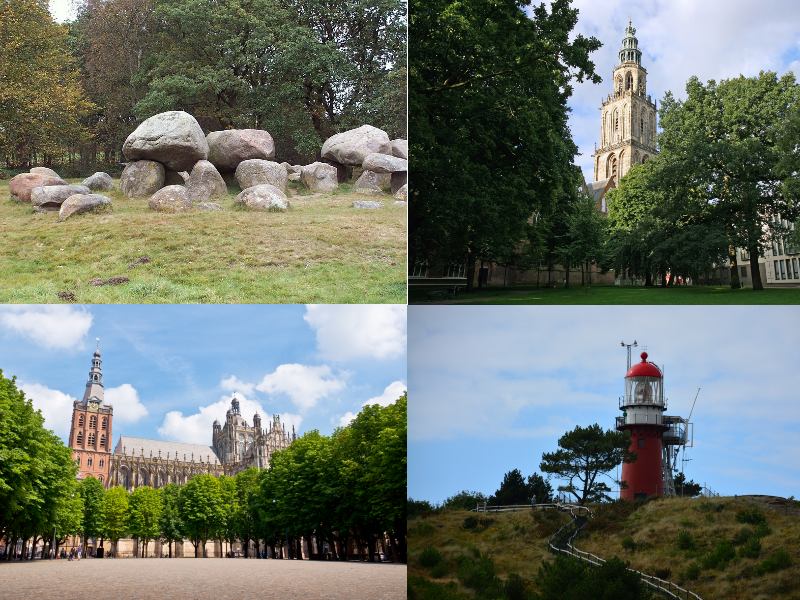




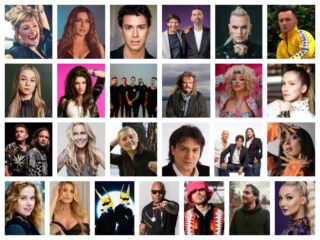





Omg, Rouveen is my home town. I would argue that it’s a hidden gem. It would be an honour to be included in the postcards as we seem to be forgotten by most Dutchies…. Btw my aunt still wears traditional clothing of this area every day 🙂 All in all, a perfect scenery for a postcard!
The cathedral in Den Bosch is absolutely beautiful! When I went to the Netherlands in 1998 on vacation, my mom and I went there on what would have been my grandmother’s birthday (she had passed away the summer before) and lit candles in the Lady Chapel in honor of both her and my grandfather
Another good place for a postcard would be the caves near Valkenburg
I’m looking forward to seeing the finished result, and these are all great suggestions. Makes a change from just Amsterdam!
Delft I’m very fond of, and I expect it’ll appear, but I’m glad it did in ESaL last year.
How far had they got with filming 2020 postcards? I’am aware there was the Spanish one, but cannot find it.
Poland also posted her postcard on Instagram on the day of ESAL (flower picking), whilst others alluded to receiving props before they cancelled their shoots (Lithuania and NM). I bet most postcards would have been trips to art galleries or sport activities like paint balling and go karting.
The Spanish one was filmed at Naturalis museum. I have a feeling it would have included the T-Rex fossile skeleton.
https://youtu.be/lr6qbUYHZxA
I’m very excited for the postcard and a little worried about the images of the participants that they will use ? But I’m sure they will do it great.
As a Dutchie I’m really hoping they will shoot one in my city! But probably not because I fear that most of them will be filmed in the Randstad.
Also does anybody know where the first postcard was filmed based on the picture?
If they want to make a postcard in Groningen they should definitely shoot it on top of the ‘forum’ building. It is a new multi purpose building/community center next to the martini toren with great modern architecture. On the top of the building is a large viewing deck and it’s the best spot in groningen to offer you a view over the city. Also it’s build practically next to the martini toren so if you shoot the postcard from the top of the forum building you immediately also get a great postcard of the martini toren.
Good one too! I was a student in Groningen for three years and the Forum is really cool. I feel like the real Stadjers had to get used to it at first. A lot of them seemed to have doubts because it looked really ugly when they were building it, but when it was finished, it was always crowded. All my classmates would always ask whether I had already visited it. I have only been there once, literally a few days before the first lockdown. The view from the top terrace is great and it’s easier accessible than the Martini… Read more »
Aww, so sad! Maybe you’ll get to show them next may if covid restrictions allow it.
I’ve been studying at the Hanze for the last two years and I loooove the forum. Whenever I spend a day with friends in the city going shoppingor out to eat, the forum is the ideal place to end the day and relax a bit.
I’ve heard mostly positive things about it until now. I think a lot of people were afraid it would ruin the traditional image with the martini toren and everything.
I’d also suggest they shoot an updated intro taken from the last two contests the Netherlands has hosted previously. This time, they’re composed of recreated shots taken in and around modern-day The Hague. 🙂
De Kazematten van Kornwerderzand
Elfstedenbruggetje van Bartlehiem
Vesting Bourtange
Museumdorp Orvelte
Trappistenklooster Berkel-Enschot
Woudrichem
Waterpoort Sneek
Het draaiende huis Tilburg
Zuid-Limburgs heuvellandschap
…
There is so much to be seen in this country!
Some extra suggestions:
Other places that are somewhat more likely to be included:
Sadly though, I think the’re probably just going with almost half of the postcards shot in Rotterdam, half of them in Amsterdam, and one in Den Haag, Utrecht en Giethoorn each.
They actually have said they want to spread it as much as possible. Surprisingly, Drenthe has been the one with the most applications so far!
I know, but I’m not convinced yet. I hope I’ll be proven wrong, of course. Great list and article however!